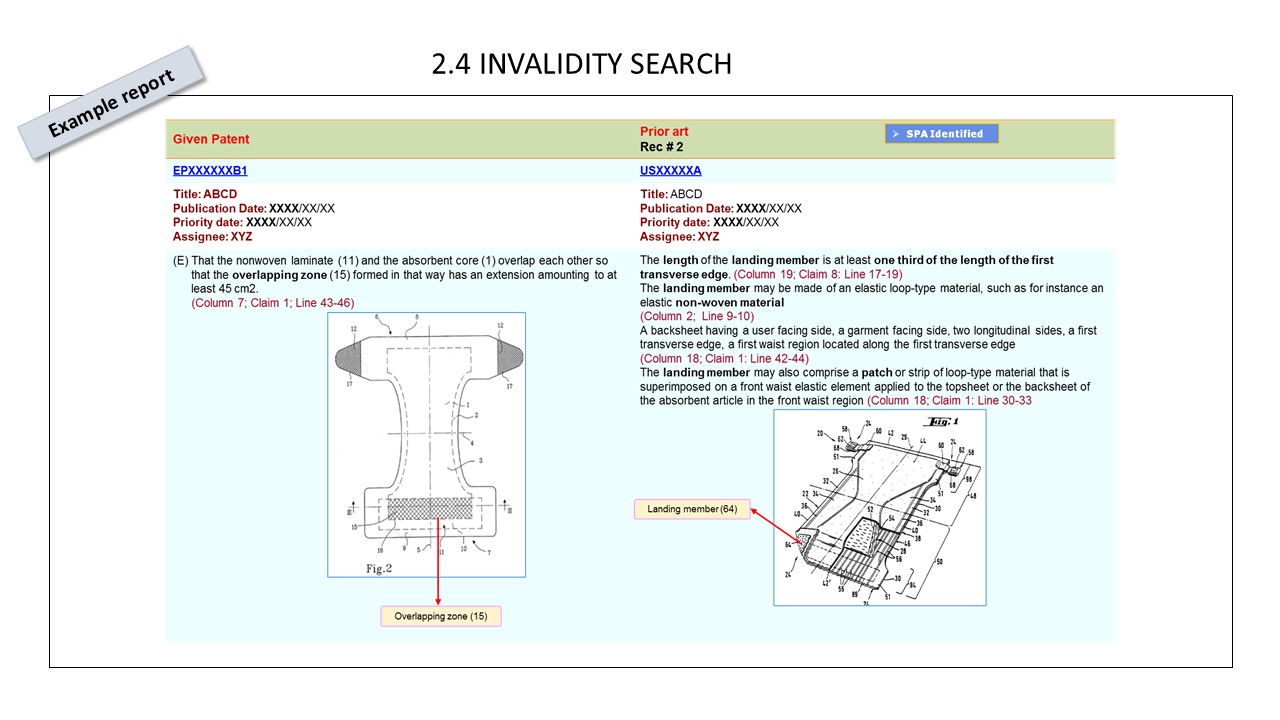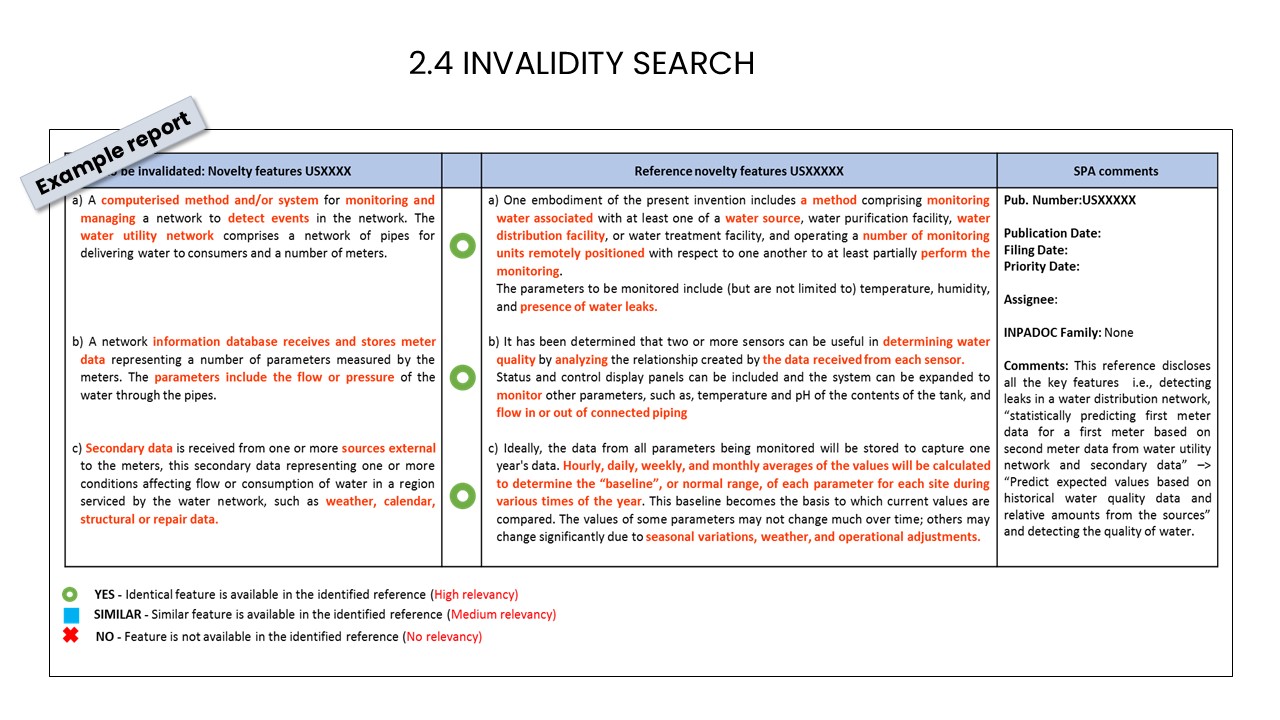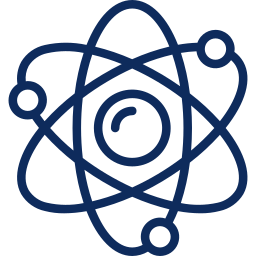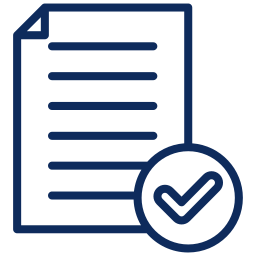SciTech Patent Art provides comprehensive Patent Validity and Invalidity Search services to assess the strength of patents and help guide your strategic decisions. With a unique blend of human expertise and advanced AI/ML tools, we thoroughly explore both indexed and deep web sources for prior art. Our approach, coupled with deep technical analysis and expert insights, ensures high-quality results that empower you to protect your intellectual property and navigate potential litigation challenges effectively.
The purpose of a validity search or an invalidity search/opposition search is to understand the strength of a patent, i.e., whether or not the patent is defendable in a court if litigation arises. Such a search is done for several reasons to understand the strength of a patent that you are planning to acquire, to understand if a patent standing in your way is really defensible, to protect your own position in case someone has accused you of infringement, and so on. Doing a validity search would give you a strategic advantage over the competition.
SciTech Patent Art’s scientists are experts in conducting invalidity searches/validity searches. We bring both technical expertise and knowledge of databases/tools. Invalidity and validity searches require the use of experts who have extensive search experience, are familiar with patent laws, and are well-versed in technical interpretation. You can rely on our team of experts to attend to your project and assist you in finding a solution to some of the most difficult IP challenges. SciTech Patent Art has received commendations from many clients over the years for finding precise prior art. SciTech Patent Art scientists have also received accolades in global search competitions for their search skills.
Our Methodology for a Patent Validity/ Invalidity Search:
SciTech Patent Art adopts a unique and unconventional process towards invalidation searches that involves human experts and is powered by Deep Web & AI / ML tools. Searches for invalidity and validity are primarily concerned with finding prior art that was not retrieved by patent examiners during prosecution using conventional search techniques. In order to identify relevant prior art, various sources of information are searched, such as patents, scientific literature, product specifications, and other publicly available sources.
The conventional approach includes keyword searches, classification searches, author/inventor name searches, and citation searches. Conventional approaches that cover all data sources generally result in several references if an in-depth search is conducted.
In order to find the most compelling prior art, various sources of information are searched, such as patents, scientific literature, product specifications, and other publicly available sources.
The first step involves an analysis of preliminary search results and the searcher’s experience is used to identify pockets of information.
The next step requires to dig deeper into those pockets of information. There are, however, many unindexed or hidden pages that prevent popular search engines from digging into all the pertinent data. At this stage, the use of AI/ML and deep-web solutions is very helpful as they are very efficient at retrieving almost all the required information even from unindexed or hidden pages.
The following are the ways to identify pockets/hot-spots of information:
Identify and search for novel aspect of claims that define the underlaying invention.
Review family patents as an applicant may file patents in multiple jurisdictions of interest
Citation search of patents and non-patent literatures data
Identify specific Universities/ Institutes, companies or authors/ inventors
Comprehensive Deep Web searches with AI/ML and proprietary crawling solutions
SciTech Patent Art has a unique unconventional approach to find compelling invalidating prior art.
An important component of invalidity searches is the interpretation or analysis of the technical content of the prior art. In order to conduct a technical analysis, subject matter experts must have a thorough understanding of the technology in the prior art and be able to compare it to the claimed invention. Scientists and engineers on our team are highly qualified and well-trained and can conduct in-depth technical analyses for you.
Report format of a patent invalidity/ validity search:
Our typical Invalidity search report is in a Word or PowerPoint format that includes:
Project methodology
Outlines the key subject matter of the search and the earliest priority date
Relevant patents
Summary of key prior art references identified in a tabular format
Details of each prior art reference with respect to the technical features highlighted for various sections of the patent document
In addition, technical opinion of our analyst for each of the prior art reference
Search details
Includes the date of search, search period, sources used for the search, keywords, classification codes, citation search and inventor search details included.



















